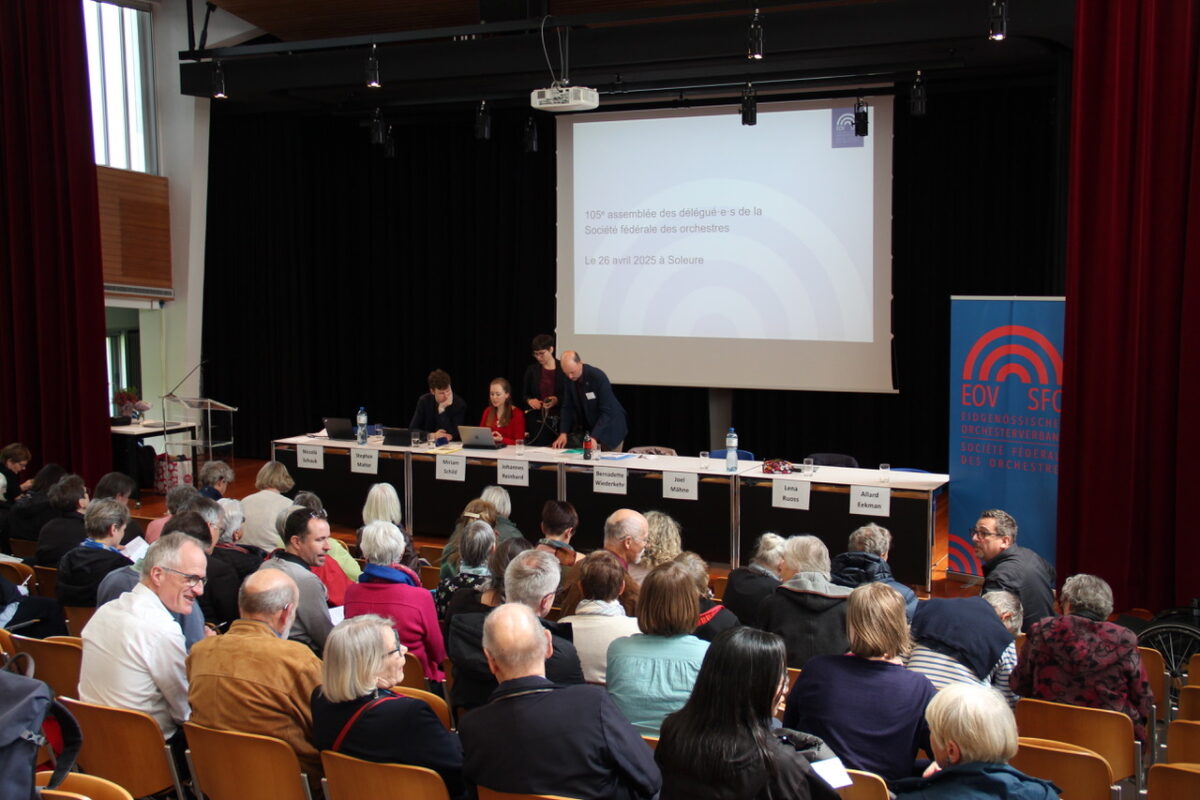Editing of free works
It is worth knowing the copyright pitfalls when it comes to musical adaptations, as a stumble can be costly under certain circumstances.

Taking inspiration from others, adapting existing works for other instrumentations or even using entire parts of an existing composition in a new work is an old tradition. What needs to be considered from a copyright perspective when adapting a free work?
What is machining?
According to copyright law, an adaptation is a "second-hand work". The same conditions apply to a protectable adaptation as are defined for a "work": Adaptations of a work that are personal intellectual creations of the adapter are protected as independent works. The creative achievement arises through the recognizable transformation, alteration or extension of the musical substance of the original.
An arrangement therefore exists if a new musical work is created using an existing work in such a way that the musical work used remains recognizable in its individual character. However, the newly created elements must also have an individual character. Typical examples of adaptations are arrangements of works for a different instrumentation or the translation of a text into another language.
Not all modifications of works are considered adaptations. SUISA's distribution regulations contain a whole catalog of works that are none constitute protectable arrangements. This includes, for example, the addition of dynamic or agogic markings, the transfer to a different key or pitch (transpositions), the omission, replacement or doubling of parts or the assignment of existing parts to other instruments (simple transcriptions). The complete catalog can be found in the SUISA distribution regulations under item 1.1.3.5. In practice, this list has proven itself many times over.
Register processing with SUISA?
Musical works that are free of copyright may be adapted and modified without consent. When registering an adaptation of a free work, a specimen copy of the new work as well as the original used must be submitted so that SUISA's Music Service can assess its protectability. This applies to works whose authors died 70 or more years ago or are unknown, as well as to works that have been handed down through folklore and are therefore considered traditional.
SUISA's music service checks the submitted free works for copyright-protected adaptations. This is always done by comparing the original with the edited version. The inherent musical quality of the submitted piece of music or movement is irrelevant.
What types of processing are there?
1. normal processing
The normal case is the "arrangement" in the narrower sense. A popular melody is prepared for a specific instrumentation by adding voices or instruments (e.g. for mixed choir, string quartet, orchestra, country band, big band, etc.). The melody or main part is taken over exactly, the accompaniment is made new. In this case, the arranger's share is 15% (for works with lyrics) or 20% (for works without lyrics).
2. co-composition
The free melody is not also the upper voice, but is hidden within the musical structure. In this special case (e.g. choral and organ music), the arranger's performance must be valued more highly because he has to create his own upper or main voice and usually has to embed the adopted melody in the music using so-called contrapuntal techniques. The arranger's share in these works is 50% of the composer's share.
3. reconstruction
An original work breaks off at one or more points, is left unfinished by the composer (or due to loss of tradition) and is completed by the arranger. The arranger's share of these works is 50% of the composer's share.
4. more complex jazz versions with changing soloists
The sequence begins with a short introduction of the free original melody. Then several soloists or "registers" (saxophones, trombones, piano, percussion) begin one after the other with improvisational renditions of this melody, which make up the main part of the work. This is visualized by the soloists or registers standing up during the solo. At the end, the original melody is often repeated together. The arranger's part in these works is 50% or 100% of the composer's part, depending on the extent and importance of the solos.
5. variation cycles
Variations on themes from music history (Diabelli Variations, Paganini Variations, Gershwin Variations, etc.) are a prime example of the fact that the original theme takes a back seat to the varied version. The original theme is merely a pretext for a completely new work. The only person entitled to the credit is therefore the creator of the variations. It is called: "The Diabelli Variations by Beethoven" etc. The arranger's share in these works is 100% of the composer's share.
This article is an abridged version of the first part of a multi-part series on the subject of adaptations, which appears on the SUISAblog under the heading "Good to know":








